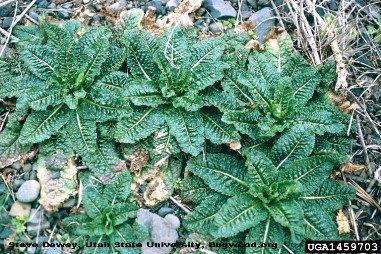Common teasel identification and control
Dipsacus fullonum Teasel family (Dipsacaceae)
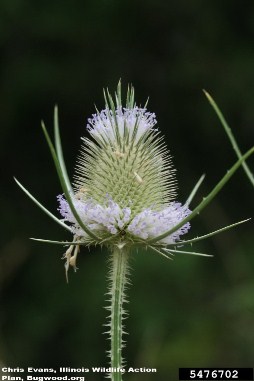
General description
Common teasel, also called Fuller's teasel, is a tall, somewhat spiny, short-lived perennial or biennial that dies after it goes to seed. The distinctive seed heads are popular in floral arrangements. Originally from Europe and northern Africa, common teasel was first introduced to North America in the 1700's and has since spread from coast to coast. Most often seen on roadsides and waste areas, teasel also invades agricultural fields and pastures. It is often spread by the practice of mowing standing plants after they have formed seeds.Legal status in King County, Washington
Common teasel is on the Washington State Noxious Weed List as of 2013 as a Class C noxious weed. County Noxious Weed Boards in Washington State have the option to specify required control areas for this plant, but no areas have been selected in King County. Common teasel is on the non-regulated noxious weed list in King County. Control is recommended but not required. For more information see Noxious Weed Lists and Laws or visit the website of the Washington State Noxious Weed Control Board.
Identification (see below for additional photos)
Plant Form
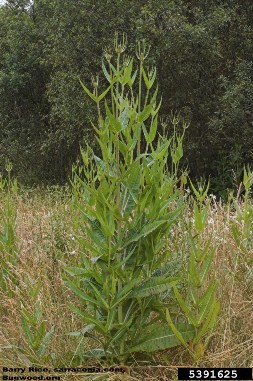
- Grows for one or more years as a low-growing rosette, then produces tall flowering stems topped by flower heads
- The flowering stems can be from 1.5 to 6.5 feet tall, are ridged and become increasingly prickly upward
- Stems can be pithy or hollow and have opposite branching
Flowers
- Flowers are light purple to white and tend to grow in bands or rings on large, egg-shaped, spiny heads
- The cone-like flower heads can be up to 4 inches tall, occur singly on the tops of stems, and are persistent long after the seeds form
- Under the flower heads are long, narrow, prickly bracts that curve upward and form a "cage" around the heads
Leaves
- Leaves on the flower stems are prickly (especially along the middle of the underside), long and pointed, with a distinctive white midvein, and are arranged in opposite pairs on the stem
- The base of the stem leaves are usually curved up, forming a cup that holds rainwater
- The basal or rosette leaves are wrinkled with a very pale midvein and scalloped edges; they are spiny on the underside along the midrib
- Basal leaves typically die early in the second season
May be confused with: Two other similar looking species of Dipsacus have been introduced into North America, D. laciniatus (cutleaf teasel) and D. sativus (cultivated teasel). Cutleaf teasel has irregularly-cut dissected leaves and white flowers. Cultivated teasel mainly differs by the spines at the tips of flower bracts being shorter, stiffer and curved backwards into a strong hook shape.
Toxicity
Common teasel is not considered toxic, but the plant has been used for medicinal purposes so caution is advised in using this plant without further research or exposing livestock to it in large quantities.
Habitat and impacts
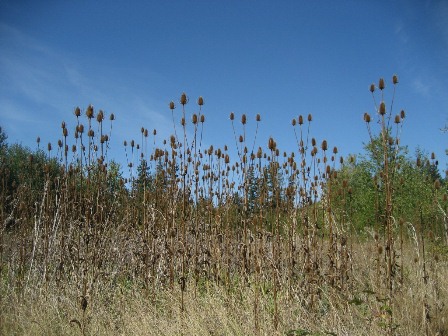
Teasel thrives in open, sunny habitats with moderately moist soil, but can tolerate both dry and wet conditions. It can be found on roadsides, creeks, fields, pastures, gardens and a wide range of vacant or unmanaged lands. Teasel can create large, dense stands and is a highly competitive plant in open, grassy habitats. It has a negative impact on pastureland, hay fields and other agricultural fields. It can also overwhelm native grassland species.
Growth and reproduction
Common teasel can grow as a biennial meaning it spends one year as a rosette followed by flowering, or as a macrocarpic perennial, meaning that it grows as a rosette for more than one season until it builds up enough resources to flower and set seed. Common teasel produces a deep taproot, up to 2 feet long and an inch wide at the crown. Plants generally die after they set seed and reproduction is entirely by seed. A single head produces on average 850 seeds and a plant can have between 1 and 40 flower heads, or as many as 34,000 seeds per plant. Most seeds fall near the parent plant but they are often moved to new locations by water, soil movement, mowers, animals or other means.
Control
Fortunately, teasel is not that difficult to control, especially if you can catch it while the population is small. Individual plants can simply be dug up just like a large dandelion. Several herbicides have been shown to work on rosettes and pre-flowering plants. Please contact our office or refer to the PNW Weed Management Handbook for more information on effective and safe use of herbicides. Mechanical control is also effective if done correctly. Once the flowering stalks form, wait until the flowers start to appear and then cut the plants at or right below ground level with a machete or sharp shovel. Mowing is not as effective because plants can re-grow from the root crown if they are cut too high. If a mower is used, set it as low as possible and check back for any re-sprouting plants. Teasel plants that are knocked over by the mower or cut too high will probably be able to re-grow and set seed. Also, it is best to remove the flower heads and dispose of them because immature heads have been known to set seed if they are left on the ground. And, of course, if you do mow mature or standing dead teasel, make sure to clean off your equipment before leaving the site to avoid spreading it. For more detailed information on control, follow the links before for additional information or contact your local county noxious weed program or extension office.
Additional information on common teasel
- Washington State Noxious Weed Control Board - photos, identification, control, distribution and legal status
- Missouri Department of Conservation - includes detailed information on controlling teasel
- WTU Herbarium Image Collection (UW Burke Museum) - photos and Washington state distribution and ID information
- Ontario Wildflowers website - photos of teasel through the seasons
- Wisconsin Plants (Robert W. Freckmann Herbarium) - ID, photos, and habitat information
What to do if you find this plant in King County, Washington
Control of common teasel is not required in King County, so we are not generally tracking locations of this species. However, if you are concerned about the impacts it is having in a particular location, we would be interested in that information and can offer technical assistance on how to control it. We are also be able to work with you on how to contact public agencies or neighbors if you are interested in working on a coordinated effort to control the teasel over a larger area.
Common teasel photos:
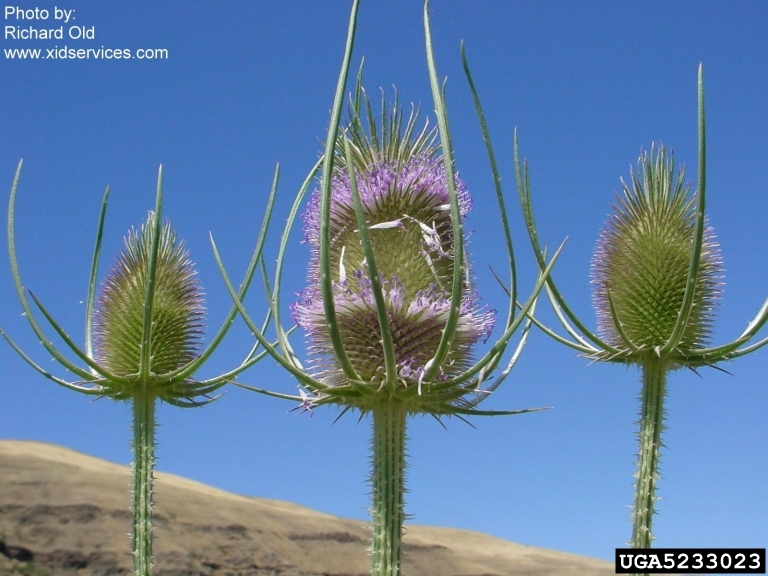
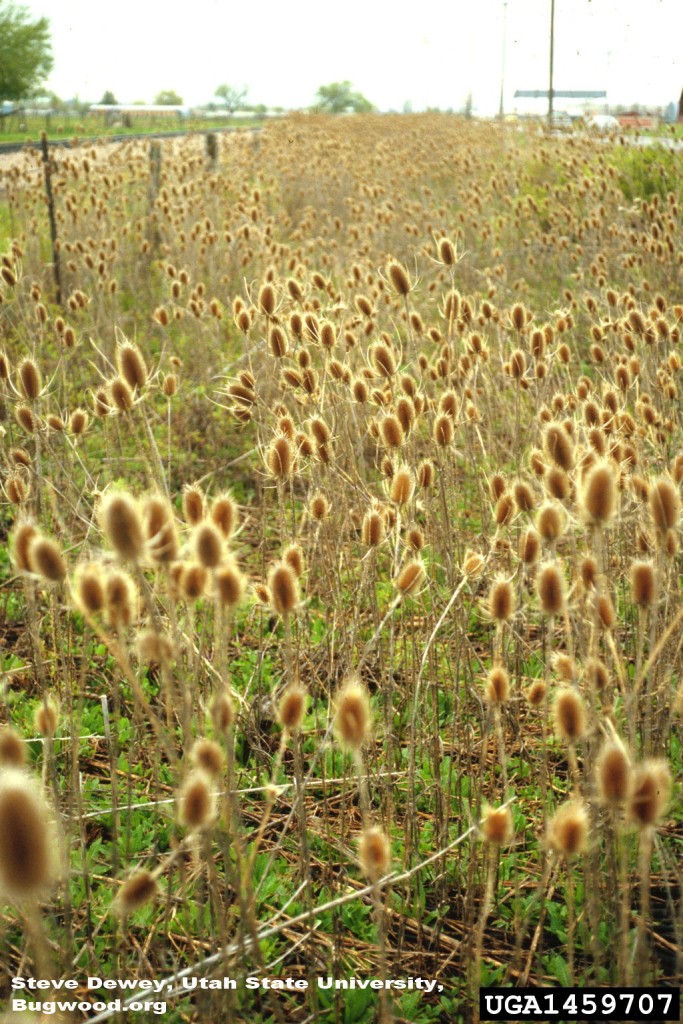
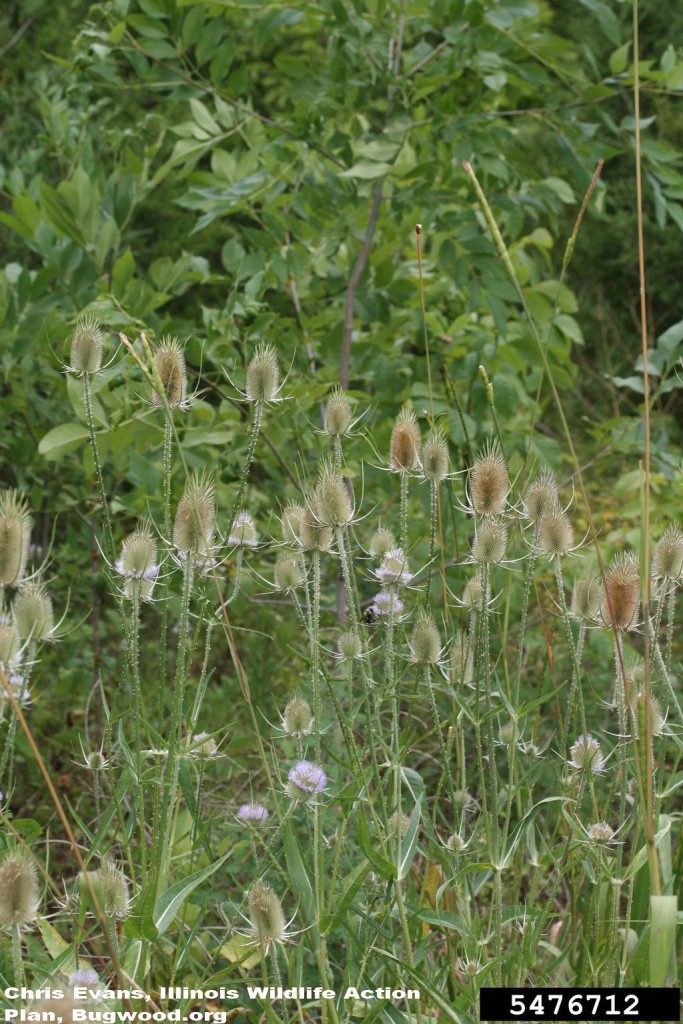
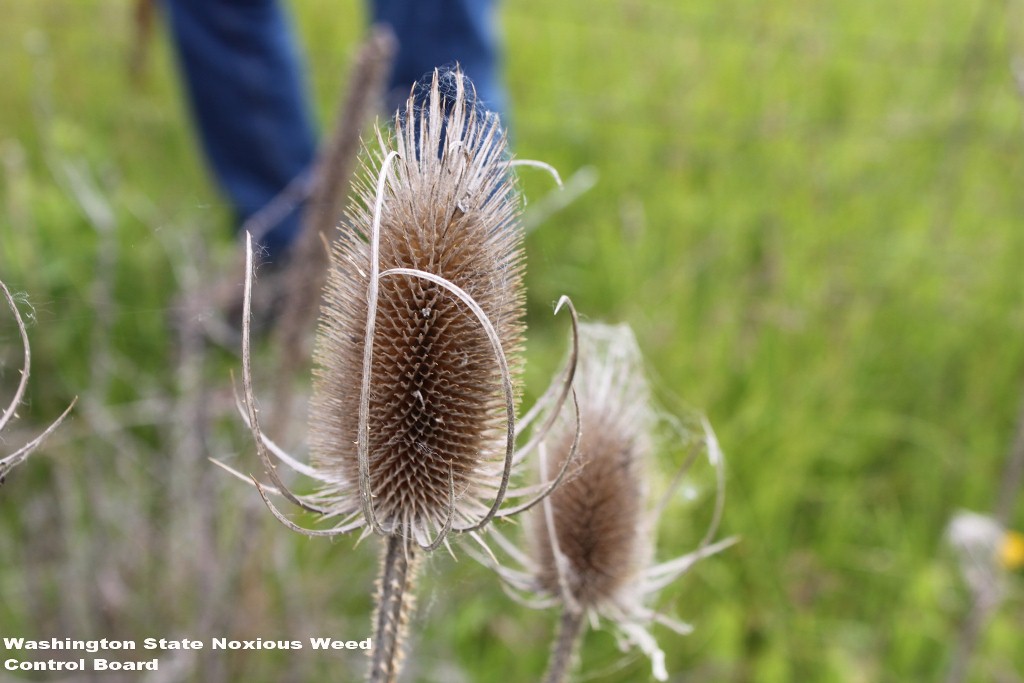

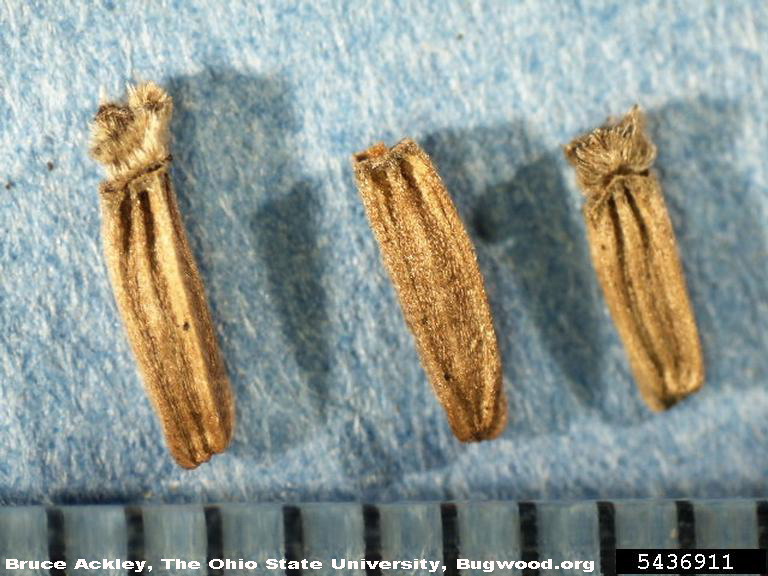
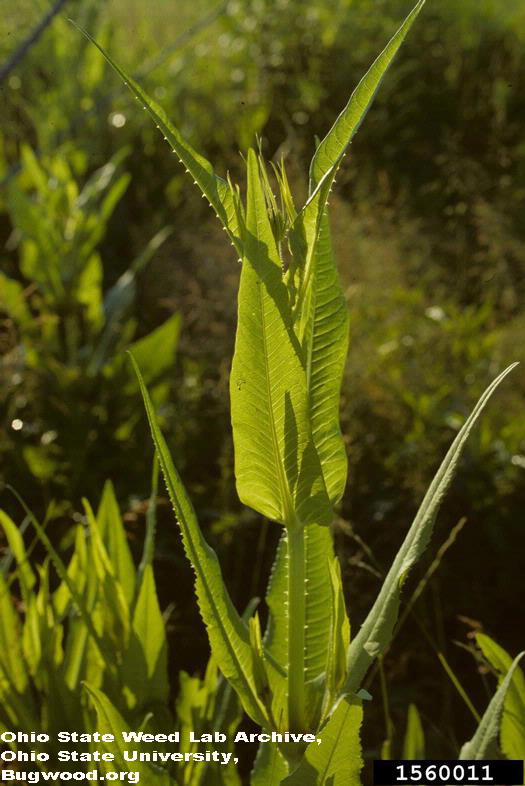
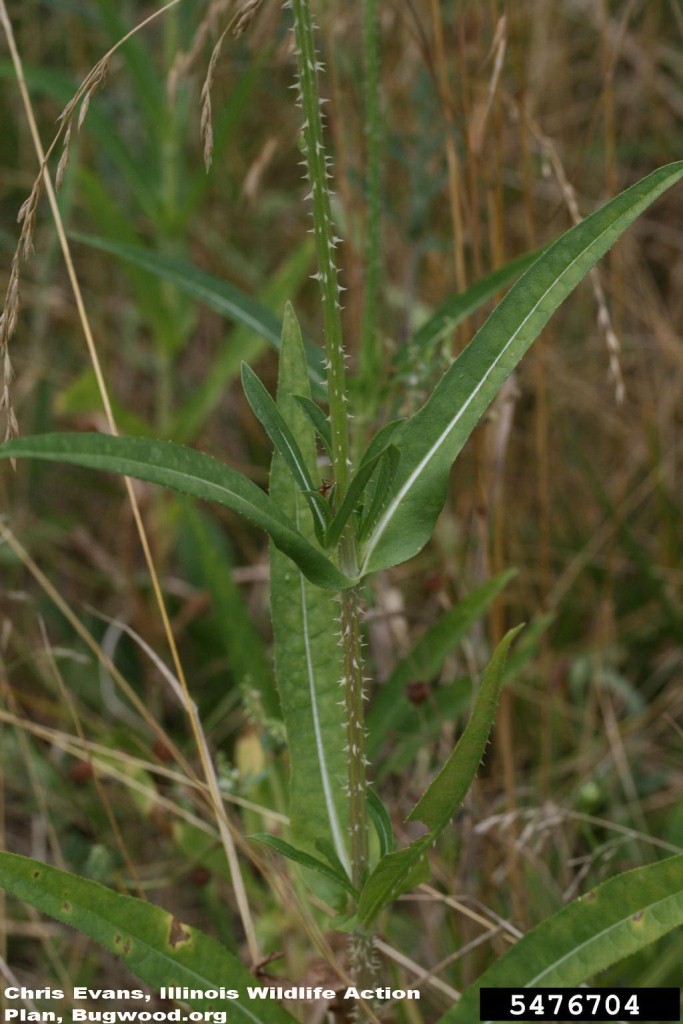
Note: please do not use the images on this webpage without proper credit. Credit information for many of the above images can be found at Forestry Images.
Related information
Related agencies
Program offices are located at 201 S. Jackson St., Suite 600, Seattle, WA 98104. To contact staff, see the Noxious Weed Control Program Directory, send an email, or call 206-477-WEED (206-477-9333).

 Translate
Translate
